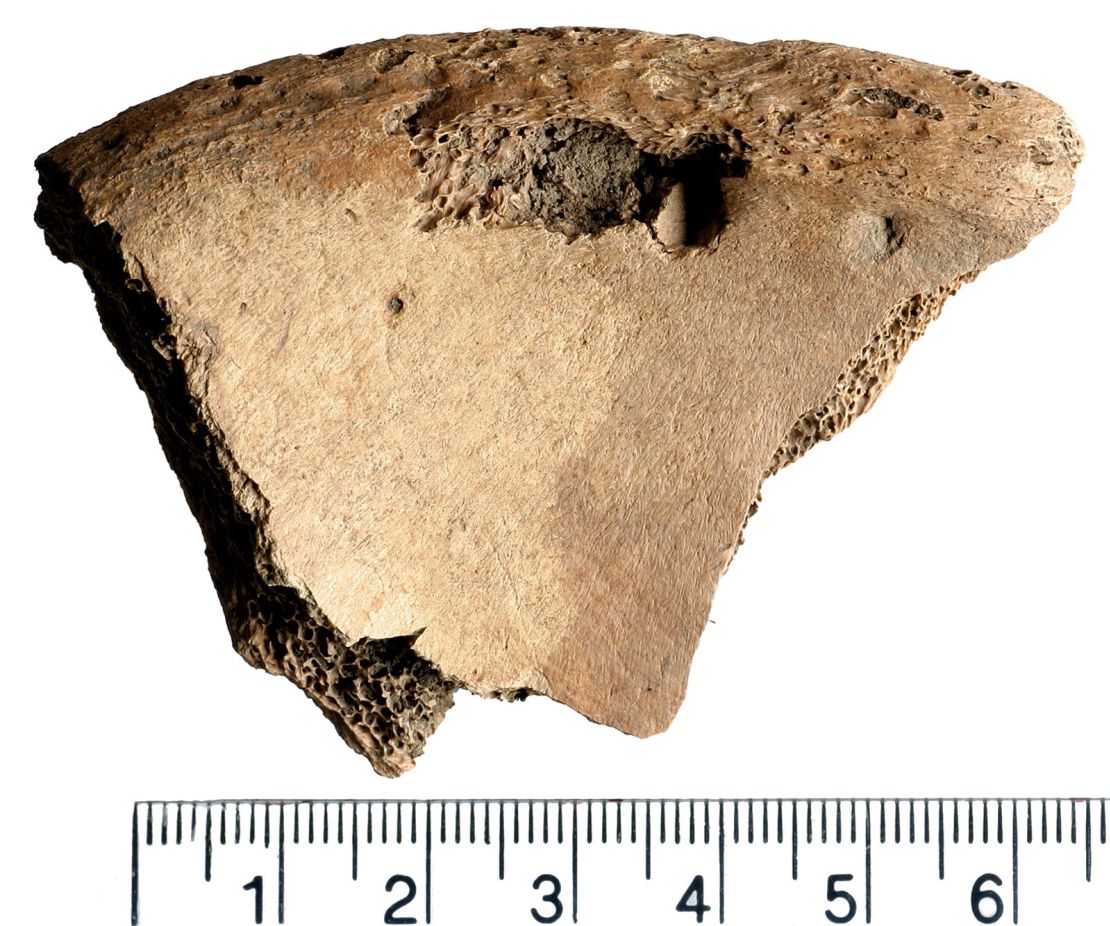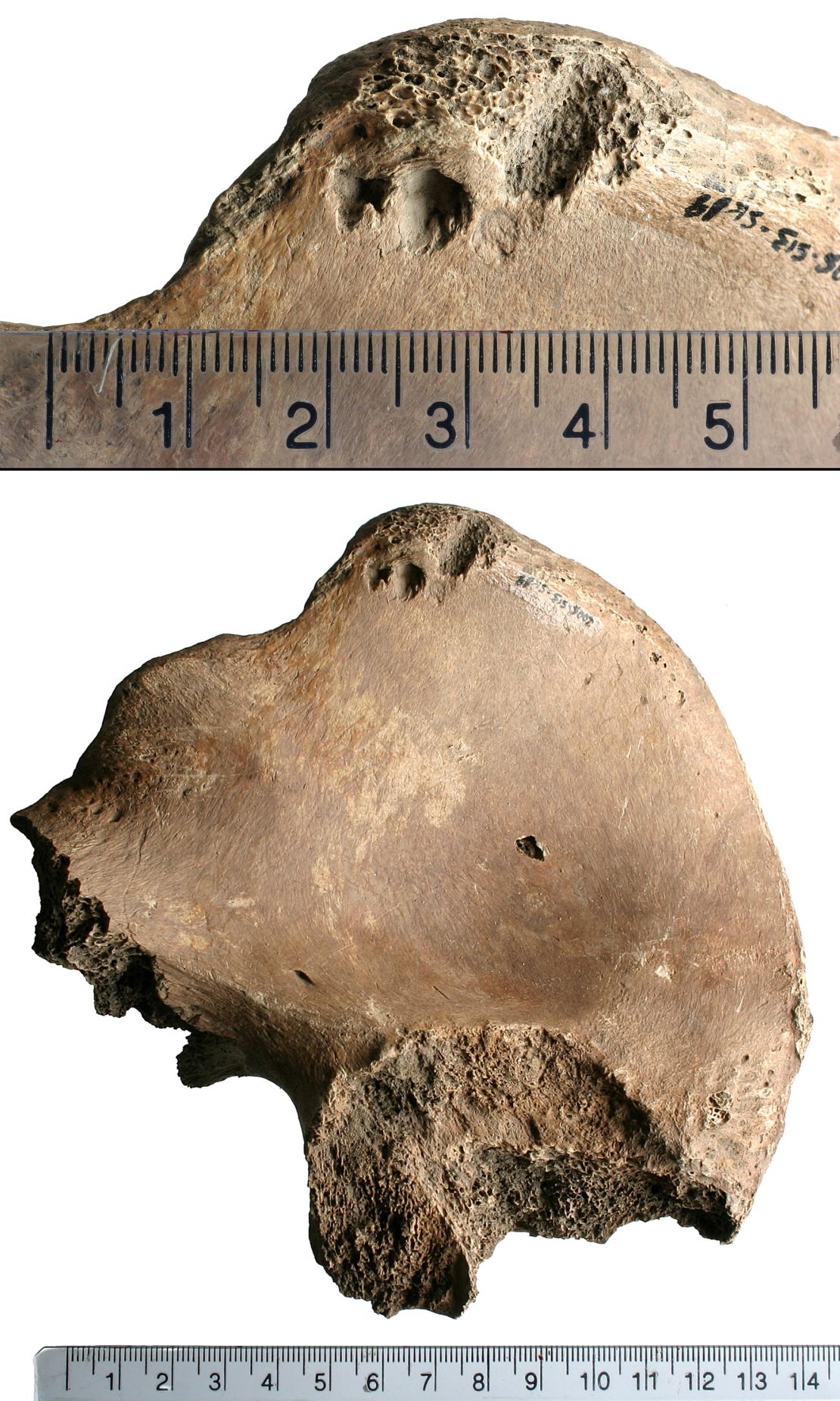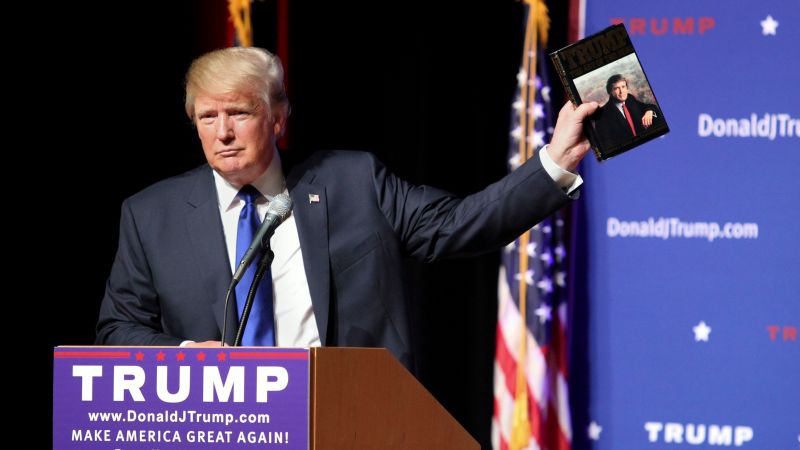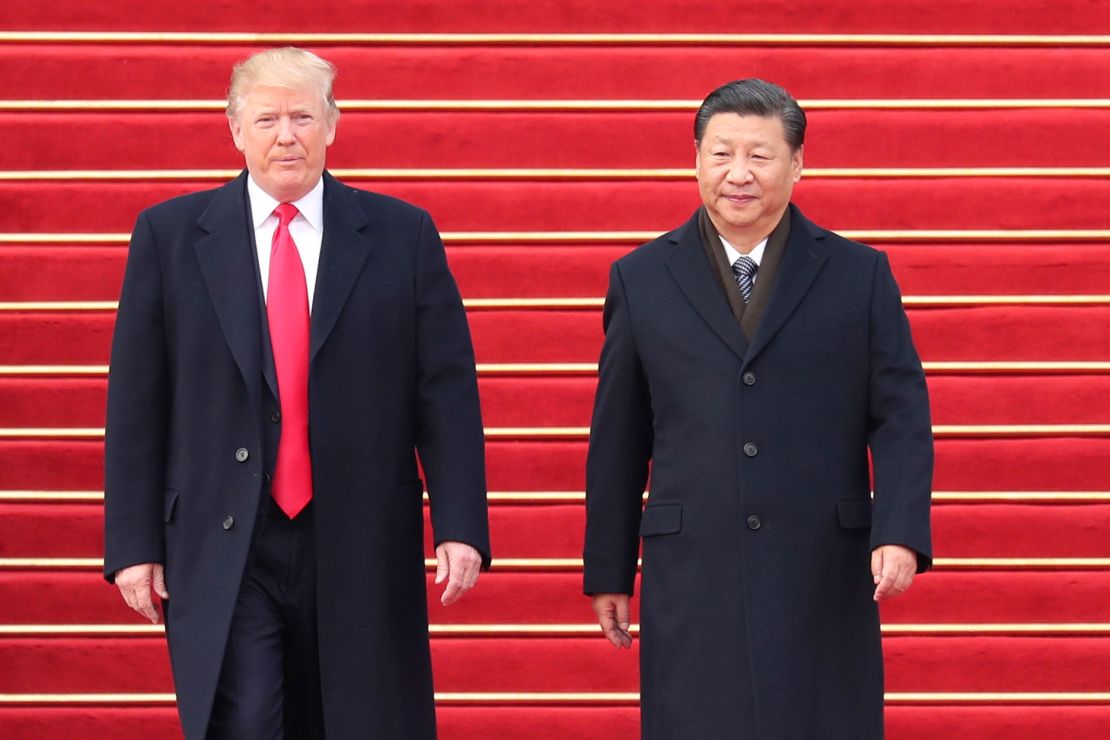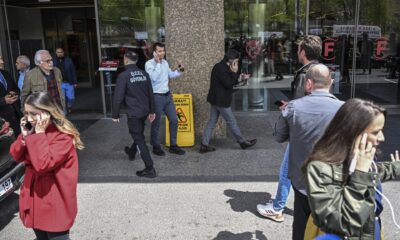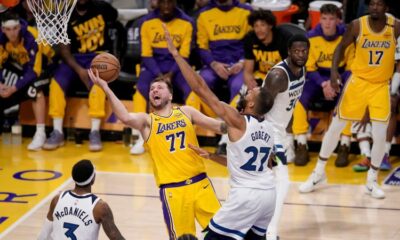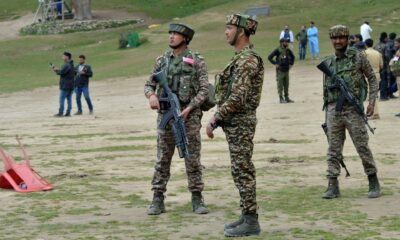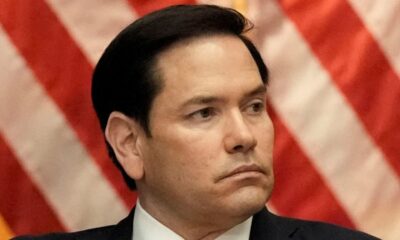Rome
CNN
—
Although he was a pontiff well-attuned to the concerns of ordinary Catholics, Pope Francis had a surprising blind spot when it came to the abuse crisis. He did not talk very much about the issue in his first months in the Vatican, and when he did, in 2014, appeared on the defensive, saying “no one else has done more” to root out abuse than the church.
His election took place at a time when the problem of sexual abuse of minors by clergy was well known, and after more scandals had emerged during the papacy of Benedict XVI. While important steps had been taken to address the abuse scandals during his predecessor’s tenure, there was still much more the church needed to do.
Survivors of church sexual abuse say the next pope needs to do more to tackle clergy guilty of abuse and hold bishops accountable when they mismanage cases.
The biggest mistake for Francis came when he initially refused to believe that a Chilean bishop, Juan Barros, had covered up for a notorious abuser. The pope then defended Barros publicly, dismissing the allegations as “slander.”
Later, the pope commissioned an investigation into the matter and made a heartfelt apology, admitting to survivors that he, too, “was part of the problem.” His willingness openly to admit failings and reverse earlier decisions was remarkable, given that historically popes have been believed infallible.
The turning point for Francis came when Chilean abuse survivors stayed with him for several days in April 2018 at his home in the Vatican, the Casa Santa Marta. He later took the dramatic step of ordering every bishop in Chile to offer their resignation, replacing a large section of the hierarchy.
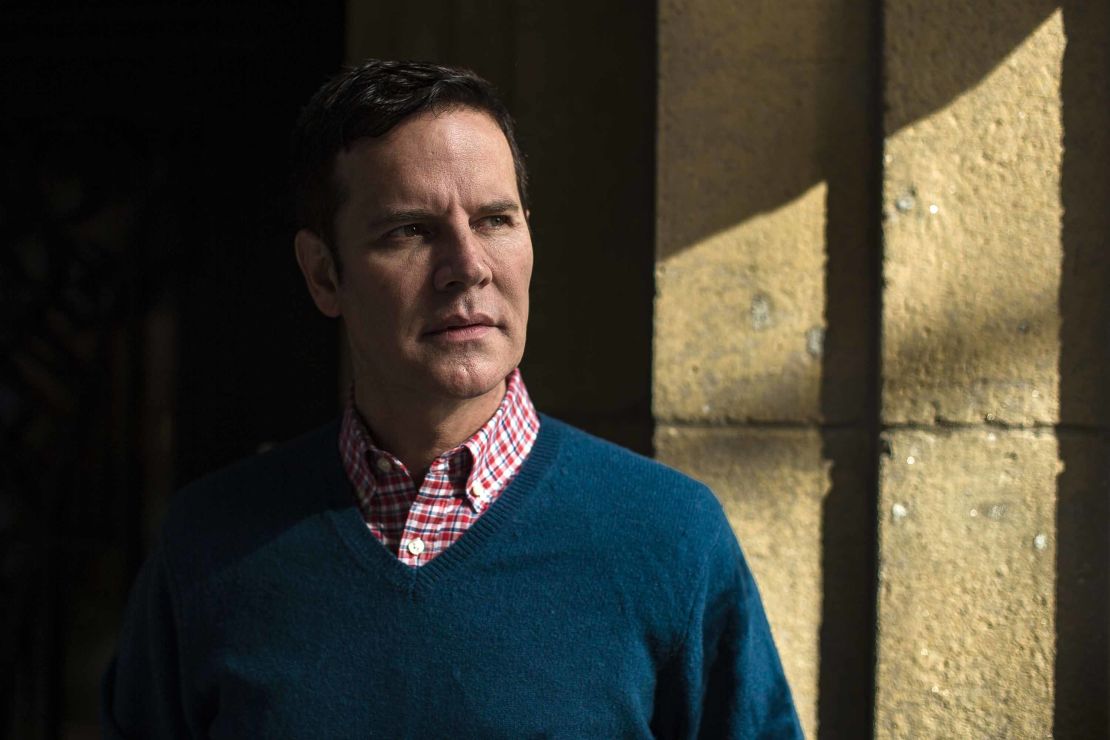
One of those survivors was Juan Carlos Cruz, who went on to advise the pope on anti-abuse measures.
“I think he has done more than any pope has ever done. But I think there is a lot more to be done,” Cruz told CNN in 2024. “What frustrates me is people in the curia (the church’s central administration) and bishops around the world who are not on the same page. What infuriates me is that survivors are walking this earth without justice… It’s like someone having cancer and no one doing anything.”
In a statement issued Monday after news of Francis’ death, the Survivors Network for those Abused by Priests (SNAP) called for whoever succeeds him to institute a “zero tolerance law” for sexual abuse.
The survivor advocacy group wants abusive clergy — and church leaders who’ve covered up their crimes — to be ejected from the ministry. It also wants more oversight of bishops.“ (The next pope) must use his authority to enact fundamental, institutional changes to end the systematic practice of sexual abuse and its concealment.”
Francis diagnosed clericalism, the wielding of power within the church by an unaccountable few, as being at the heart of the crisis. As he sought to get to grips with the problem, he held an unprecedented four-day summit on the issue at the Vatican, where survivors addressed cardinals and bishops and made a series of recommendations.
The 2019 gathering led to the pope issuing new norms for handling abuse, including procedures to hold bishops accountable for cover-ups, and the removal of secrecy obligations from abuse investigations.
He made it a legal obligation for Vatican officials to report abuse and ordered sweeping changes to the church’s canon law to recognize that vulnerable adults can be victims of abuse and that lay people in official positions can be held responsible.
“I would like to see his legacy and what he stood for continued,” Cruz added. He said the church had to find justice for survivors, to care for and support them and to seek to repair the damage that was done. “It’s frustrating that something so simple can be so complicated,” he said.
But Father Hans Zollner believes more consistency is needed when handling cases. Zollner, who runs a safeguarding institute in Rome, is considered one of the church’s most respected voices in calling for action on the abuse crisis. He resigned, however, from a papal commission tasked with child protection saying that more needed to be done on “responsibility, compliance, accountability and transparency.”
Speaking following Francis’ death, the German priest and psychologist told CNN said the late pope brought to attention the “systemic” issues involving abuse in the church and met with many survivors.
“He (Francis) made important reforms in a journey that is far from over, especially when it comes to the church’s need for consistency in engaging with victims, holding perpetrators to account and in applying the established norms and laws when dealing with abuse,” he said.

Francis had established the Holy See’s first pontifical commission for the protection of minors early on in his reign. But the commission, led for many years by a former Boston archbishop, Cardinal Sean O’Malley, struggled to find its place within the church’s central administration and to become truly effective.
Marie Collins, a survivor and safeguarding expert from Ireland who served on the commission in the early years, resigned in frustration at the slow pace of change.
Collins told CNN last year that Francis had “made some positive moves” and “started out well with the right intentions” but that the “old guard in the Vatican” had diluted those intentions and provided him with bad information. When it came to the abuse crisis in Chile, Francis admitted that he had made serious mistakes due to a “lack of truthful and balanced information.”
Collins also lamented the lack of transparency around the accountability of bishops and how new policies are being applied.
“There is change, there is advancement, but it’s been far too slow,” she said. “We are not getting the transparency we were promised.” Collins said she hoped that the next pope would bring “complete transparency” over the handling of abuse.

The crisis widened during the Francis pontificate to include not only minors but also the sexual abuse of nuns and “me too”-style instances of abuse. In 2019, Francis publicly acknowledged the problem of the sexual abuse of nuns by priests and bishops and also warned against psychological and spiritual abuses of sisters.
He showed, too, that he was willing to take action against groups within the Catholic Church where abuse had occurred, and brought in rules to try to prevent new groups being set up without proper oversight. He took time to meet victims and looked for ways to help them find justice.
The abuse crisis in the Catholic Church exposed deep cultural and systematic failings. Francis’ renewal efforts, including his convening of worldwide synod assemblies, sought to build more accountability and transparency.
Despite his mistakes, Francis took some vital steps in tackling the scourge of abuse.
But it will be up to his successor to ensure the necessary reforms are implemented as the Catholic Church continues to grapple with the most damaging scandal it has faced in centuries.



